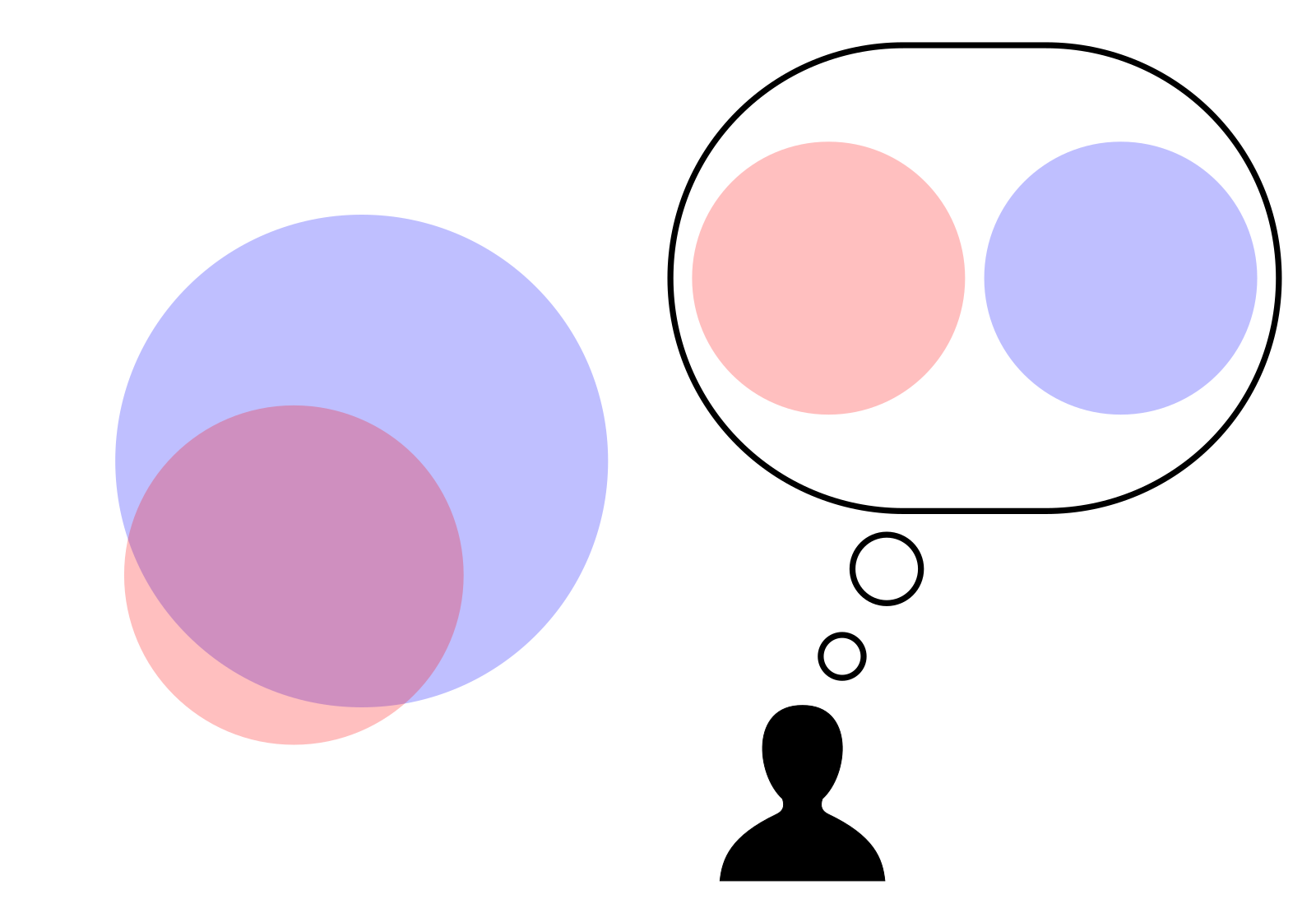Affirming a disjunct on:
[Wikipedia]
[Google]
[Amazon]
 The
The
Fallacy files: affirming a disjunctAffirming a disjunct – logicallyfallacious.com
Propositional fallacies Syllogistic fallacies Logic articles needing expert attention
 The
The formal fallacy In philosophy, a formal fallacy, deductive fallacy, logical fallacy or non sequitur (; Latin for " tdoes not follow") is a pattern of reasoning rendered invalid by a flaw in its logical structure that can neatly be expressed in a standard logic syst ...
of affirming a disjunct also known as the fallacy of the alternative disjunct or a false exclusionary disjunct occurs when a deductive
Deductive reasoning is the mental process of drawing deductive inferences. An inference is deductively valid if its conclusion follows logically from its premises, i.e. if it is impossible for the premises to be true and the conclusion to be fals ...
argument takes the following logical form
In logic, logical form of a statement is a precisely-specified semantic version of that statement in a formal system. Informally, the logical form attempts to formalize a possibly ambiguous statement into a statement with a precise, unambiguou ...
:
:A or B
:A
:Therefore, not B
Or in logical operators
In logic, a logical connective (also called a logical operator, sentential connective, or sentential operator) is a logical constant. They can be used to connect logical formulas. For instance in the syntax of propositional logic, the binary c ...
:
:
:
: ¬
Where denotes a logical assertion
In mathematical logic, a judgment (or judgement) or assertion is a statement or enunciation in a metalanguage. For example, typical judgments in first-order logic would be ''that a string is a well-formed formula'', or ''that a proposition is tru ...
.
Explanation
The fallacy lies in concluding that one disjunct must be false because the other disjunct is true; in fact they may both be true because "or" is defined inclusively rather than exclusively. It is a fallacy of equivocation between the operations OR and XOR. Affirming the disjunct should not be confused with the valid argument known as thedisjunctive syllogism
In classical logic, disjunctive syllogism (historically known as ''modus tollendo ponens'' (MTP), Latin for "mode that affirms by denying") is a valid argument form which is a syllogism having a disjunctive statement for one of its premise ...
.
Examples
The following argument indicates the unsoundness of affirming a disjunct: :Max is a mammal or Max is a cat. :Max is a mammal. :Therefore, Max is not a cat. This inference is unsound because all cats, by definition, are mammals. A second example provides a first proposition that appears realistic and shows how an obviously flawed conclusion still arises under this fallacy. :To be on the cover ofVogue Magazine
''Vogue'' is an American monthly fashion and lifestyle magazine that covers many topics, including haute couture fashion, beauty, culture, living, and runway. Based at One World Trade Center in the Financial District of Lower Manhattan, ''Vogu ...
, one must be a celebrity or very beautiful.
:This month's cover was a celebrity.
:Therefore, this celebrity is not very beautiful.
See also
* Exclusive disjunction *Logical disjunction
In logic, disjunction is a logical connective typically notated as \lor and read aloud as "or". For instance, the English language sentence "it is raining or it is snowing" can be represented in logic using the disjunctive formula R \lor ...
* Syllogistic fallacy
A syllogism ( grc-gre, συλλογισμός, ''syllogismos'', 'conclusion, inference') is a kind of logical argument that applies deductive reasoning to arrive at a conclusion based on two propositions that are asserted or assumed to be true.
...
External links
Fallacy files: affirming a disjunct
Propositional fallacies Syllogistic fallacies Logic articles needing expert attention
References
{{reflist